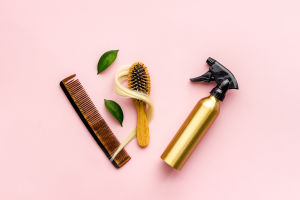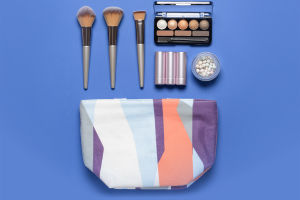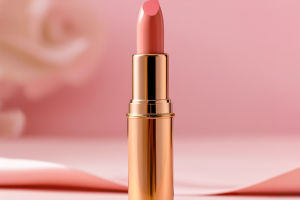Among the many cosmetics available, pressed powder is undoubtedly an essential item in every makeup bag.
As a multifunctional beauty product, pressed powder not only helps create smooth and flawless skin but also provides a long-lasting setting effect for makeup.
This article will provide a detailed introduction to the types of pressed powder, application techniques, and its importance in the makeup process.
First, pressed powder comes in various types, mainly divided into two categories: dry pressed powder and wet pressed powder. Dry pressed powder typically has a compressed form and a lightweight texture, making it suitable for everyday use.
It effectively absorbs excess oil from the skin, leaving it looking fresh and shine-free, especially suitable for those with oily skin. Wet pressed powder is usually used for occasions that require higher coverage, helping to conceal skin imperfections and provide a better makeup finish. In addition, there are various derivative products, such as illuminating powder and contouring powder, available in the market to meet different user needs.
When choosing pressed powder, matching it to your skin tone is crucial. To find a suitable shade, it's recommended to test the color in natural light, avoiding the lighting in cosmetic counters. Generally, selecting a shade that is slightly lighter than your skin tone will look more natural.
Secondly, the application techniques for pressed powder are also worth noting. Before using pressed powder, ensure that you have completed your basic skincare routine, including cleansing, moisturizing, and applying a primer. These steps lay a good foundation for applying pressed powder.
Next, you can use a puff or a makeup brush to evenly apply the pressed powder. If using a puff, you can gently press the powder onto your face to ensure better adherence to the skin. If using a makeup brush, it’s advisable to choose a soft-bristled brush to avoid irritating the skin.
You can also adjust your application based on the desired makeup effect. For a natural and translucent look, you can use a smaller amount of pressed powder, applying a light layer only on areas that tend to get oily, such as the forehead, nose, and chin.
If you seek higher coverage, apply more product to the areas that need concealing, then use a clean brush to blend it gently, allowing it to merge with the surrounding skin. This technique not only enhances the natural feel of your makeup but also avoids a heavy look.
Another important function of pressed powder is setting makeup. For many, setting makeup is the key to long-lasting results. After finishing your base makeup, using pressed powder to set it can help lock the look in place, preventing makeup from wearing off.
Typically, you can apply a thin layer of pressed powder all over the face and then use loose powder for setting, which can make your makeup last longer. Moreover, the touch-up effect of pressed powder is quite remarkable. Carrying pressed powder in your daily life allows for quick touch-ups, keeping your makeup looking fresh and tidy.
In conclusion, pressed powder is a common beauty product with a wide variety of types and uses, adding convenience to daily makeup routines. Understanding your skin type and needs is essential when purchasing. Additionally, mastering some basic techniques for using pressed powder can make your makeup even more flawless. Therefore, whether you are a beginner or a makeup expert, pressed powder is a worthwhile investment in your beauty arsenal.


